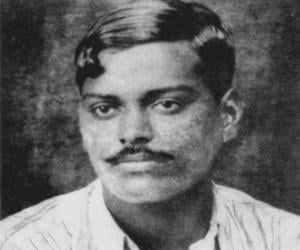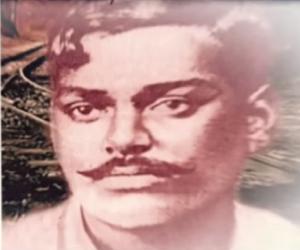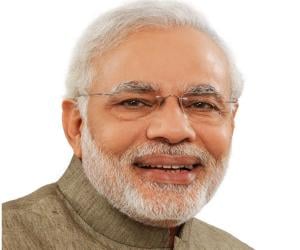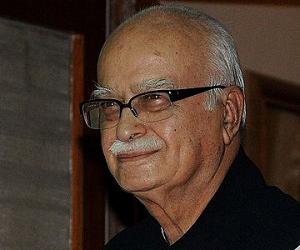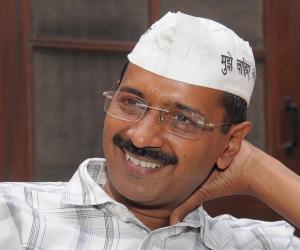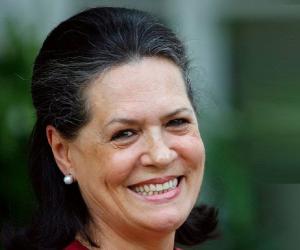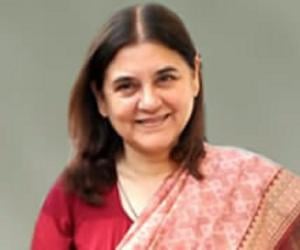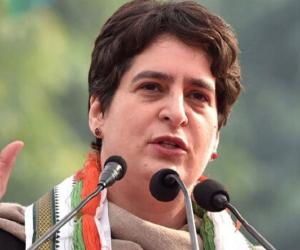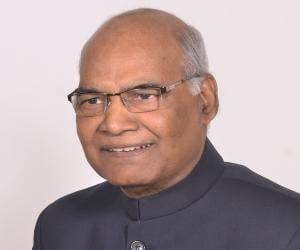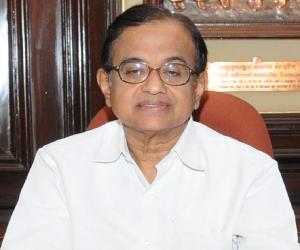Born In: Badarka, Uttar Pradesh, India
Chandra Shekhar Azad
(Indian Revolutionary Who Reorganised Hindustan Socialist Republican Association)
Chandra Shekhar Azad was an Indian revolutionary considered to be the chief strategist of Hindustan Socialist Republican Association (HSRA). Born during the British colonial rule in India, he grew up to be a patriotic young man with revolutionary ideas. An independent minded individual from a young age, he became involved in the Indian nationalist movement early on. He was just 15 when he was first apprehended by the police for his participation in Mohandas K. Gandhi’s noncooperation movement and given a severe flogging. With time his resolve to fight for his country’s independence grew manifold and he joined the radical Hindustan Republican Association (HRA). He participated in several violent protests against the British Raj and served as an inspiration and mentor to budding revolutionary Bhagat Singh. Following the deaths of Ram Prasad Bismil, the founder of HRA and three other prominent party leaders, Roshan Singh, Rajendra Nath Lahiri and Ashfaqulla Khan, Azad reorganized the HRA under the new name of Hindustan Socialist Republican Association (HSRA). Due to his revolutionary activities he was a much wanted man in the eyes of the British police; but Azad was able to evade arrest for many years. He was determined never to be captured alive and shot himself when he found himself on the verge of being arrested after being betrayed by a comrade.
Born In: Badarka, Uttar Pradesh, India
35
16
35
16
